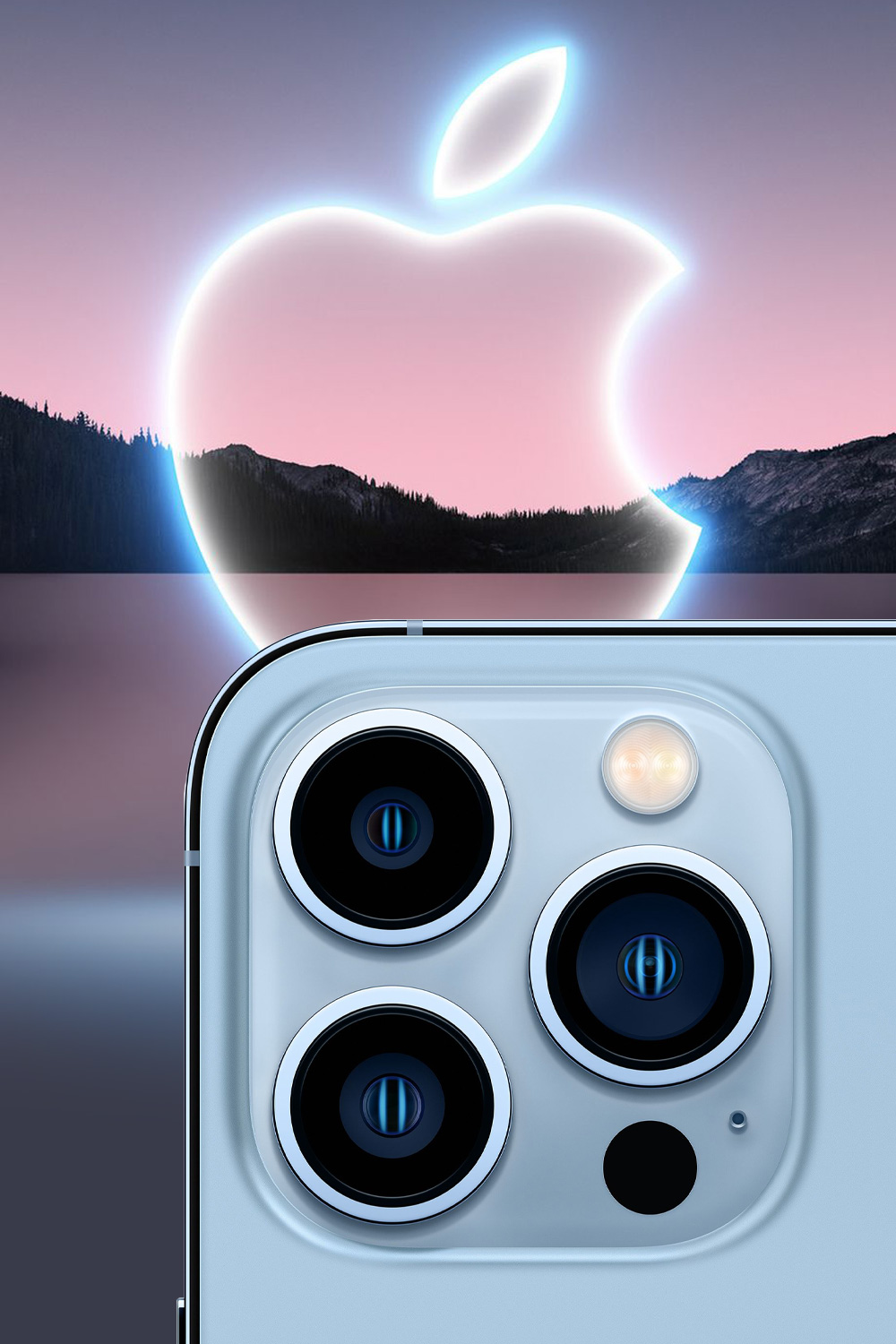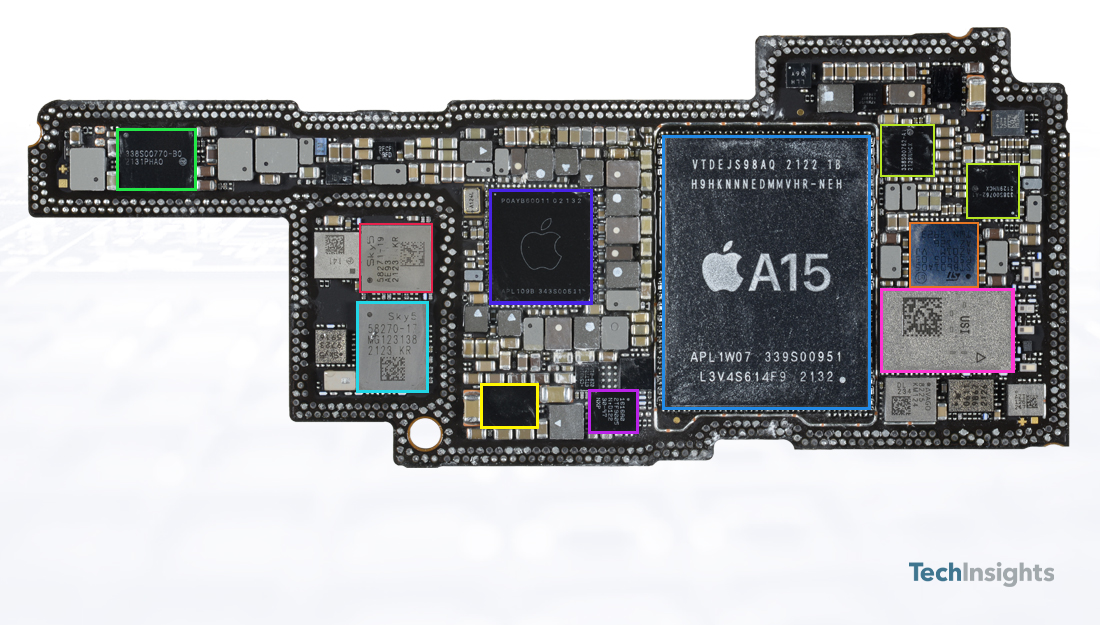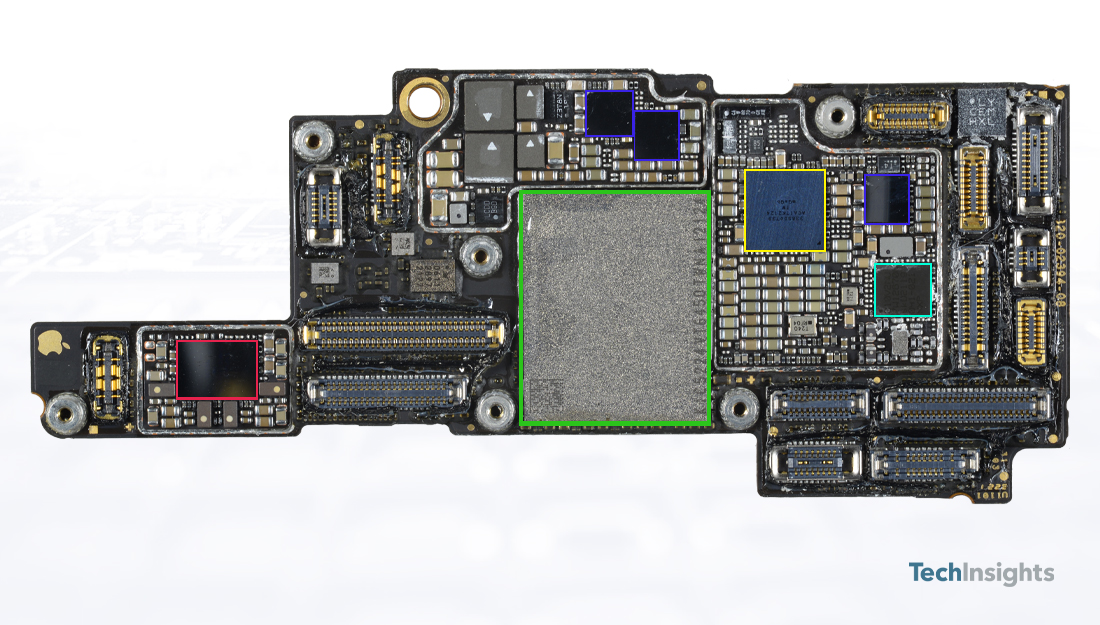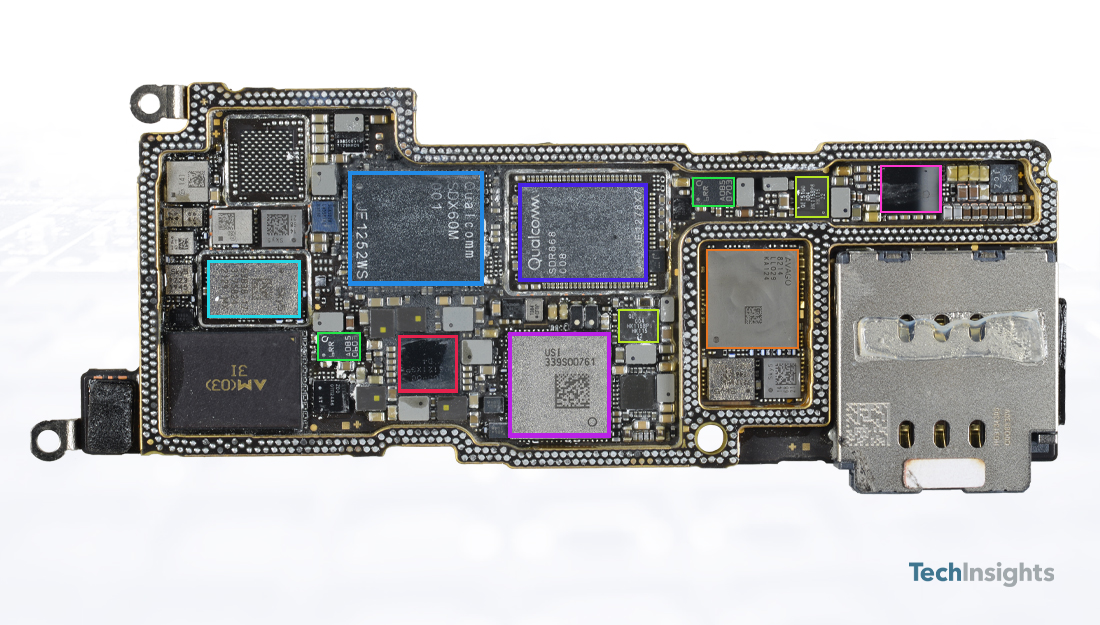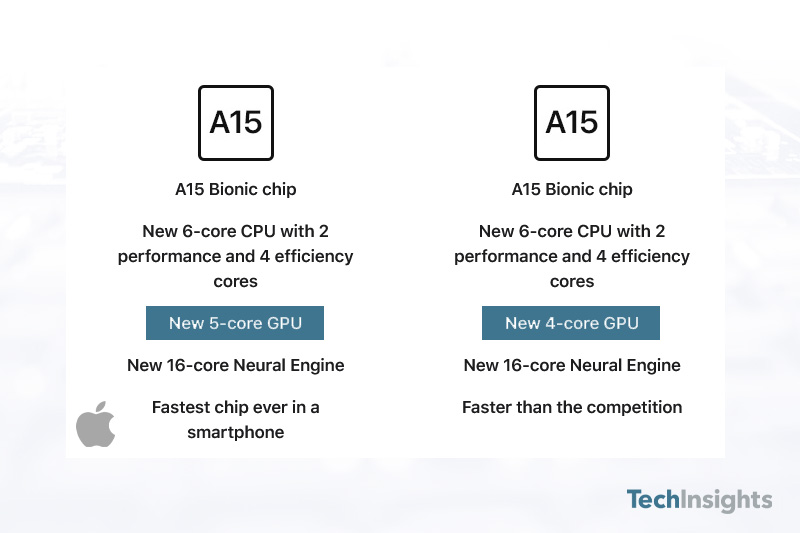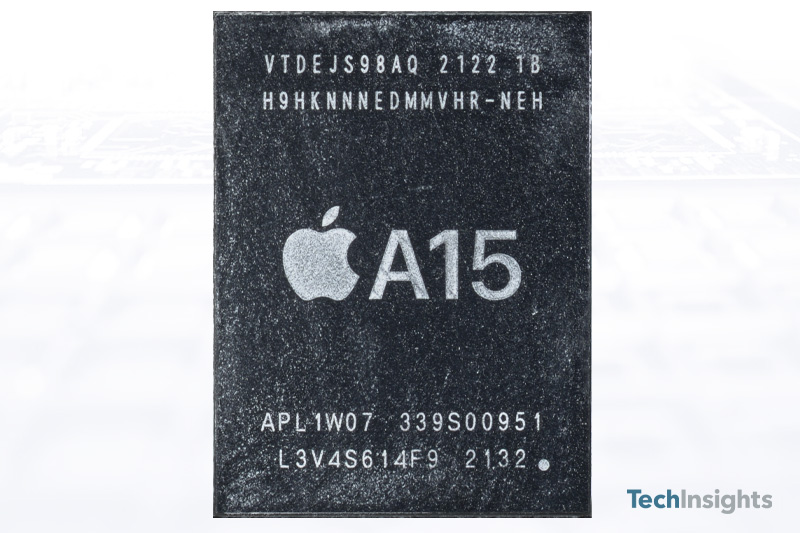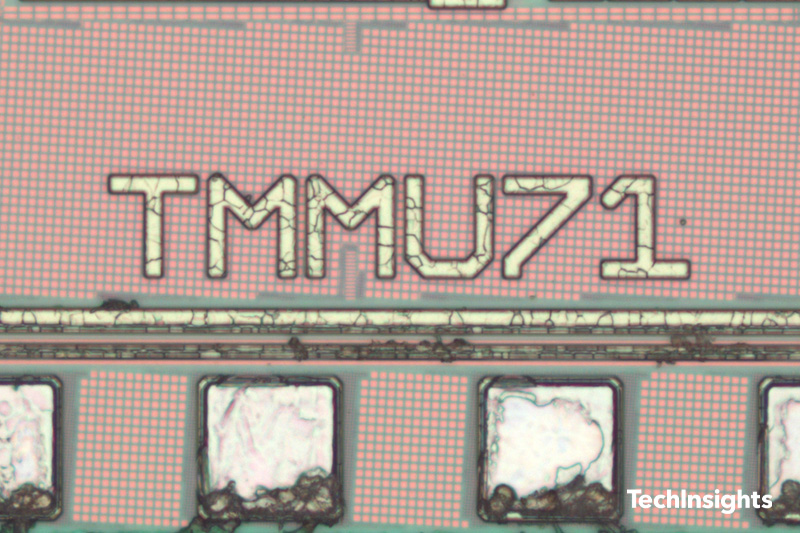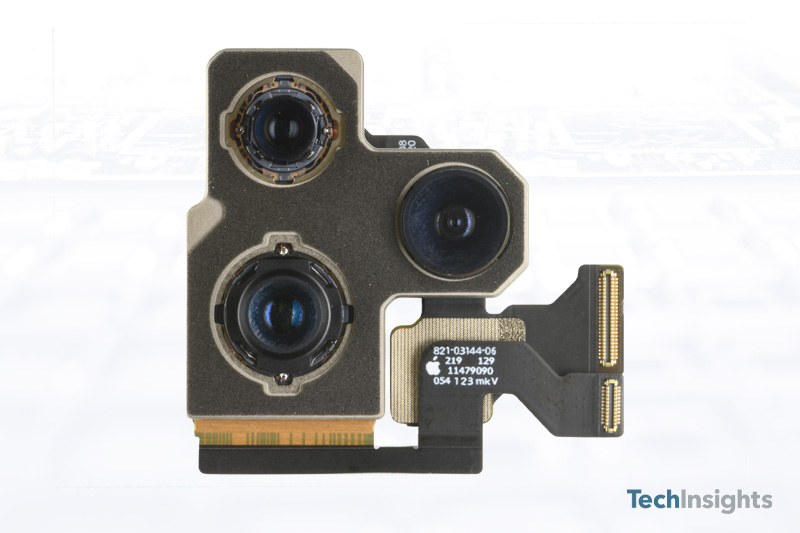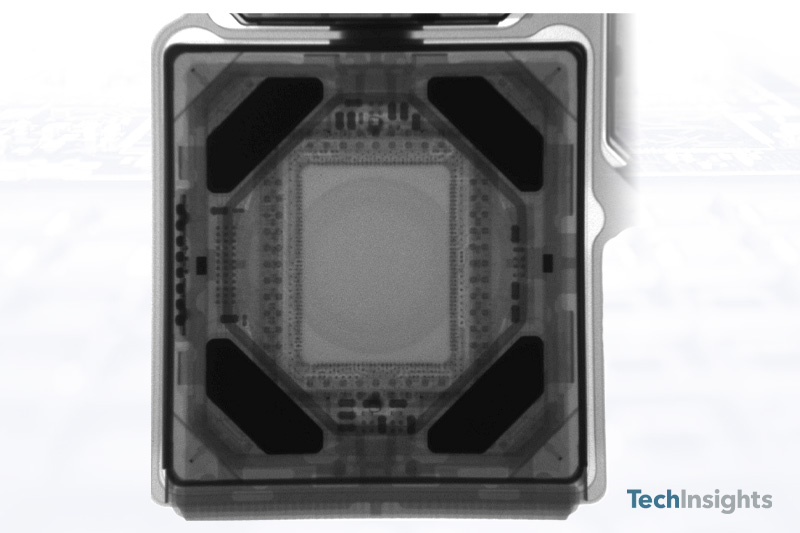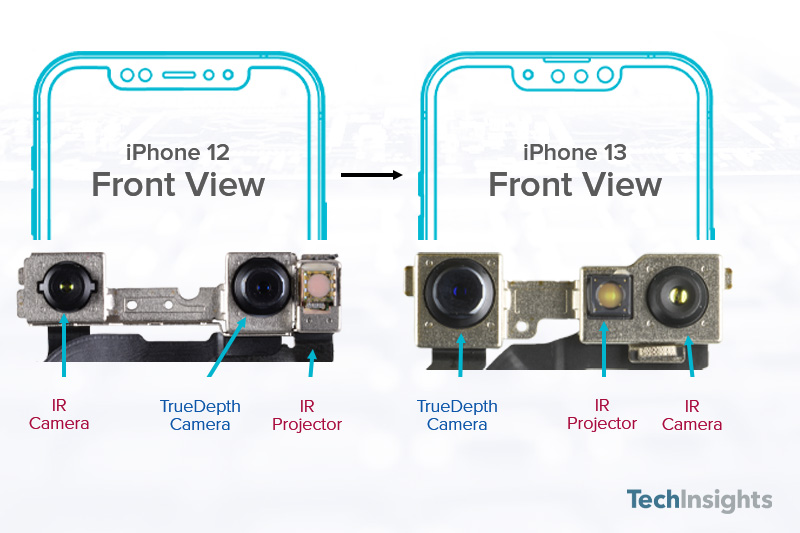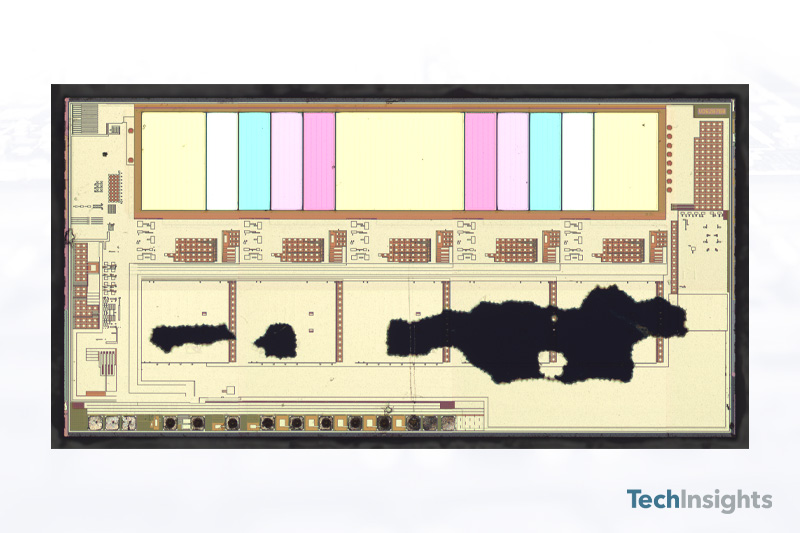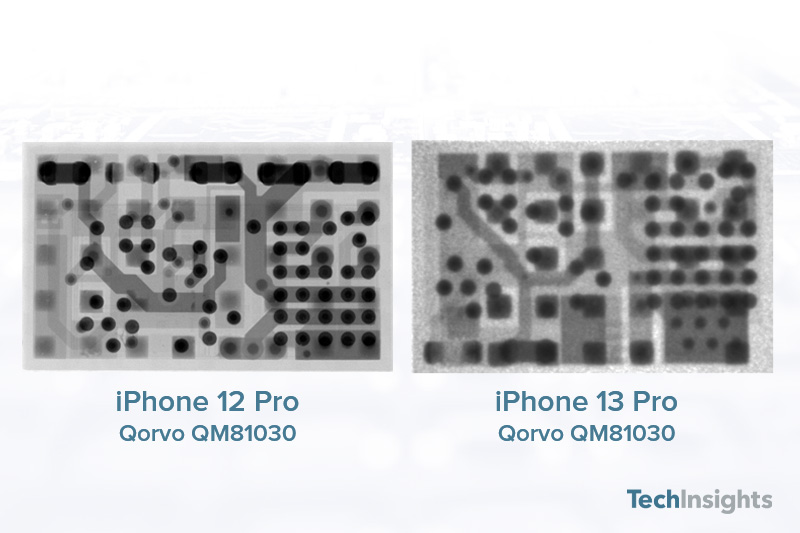- Подсчитана себестоимость iPhone 13
- TechInsights подсчитали стоимость компонентов iPhone 13 Pro
- Apple iPhone 13 Pro Teardown
- What’s inside the Apple iPhone 13 Pro Teardown?
- Autumn already, and another season of new Apple tech is upon us!
- We received the iPhone 13 and iPhone 13 Pro in our labs and identification and early costing analysis are available below.
- Apple iPhone 13 Pro Teardown Analysis
- Apple iPhone 13 Pro Cost Analysis
- Technical and Financial Teardown of the Apple iPhone 13
- TechInsights and Bloomberg Intelligence Analysts will be presenting their findings on this year’s Apple flagship phone, the iPhone 13 Pro, in this webinar presentation.
- Apple iPhone 13 Pro A2636 256GB Design Wins
- Apple A15 Bionic Application Processor
- Apple iPhone 13 & iPhone 13 Pro Image Sensors
- Qorvo QM81030 Envelope Power Tracker
Подсчитана себестоимость iPhone 13
Специалисты TechInsights разобрали один из новейших смартфонов Apple — iPhone 13 Pro, — изучили содержимое и вычислили реальную стоимость его комплектующих. Выяснилось, что сборка и производство младшей «прошки» обходится на $20 дороже iPhone 12 Pro прошлого года, причем цена для потребителей не изменилась. В США эта модель все так же стоит $999 (в России — от 99 990 рублей).
Увеличение себестоимости айфона связано с применением продвинутых компонентов — новинка оснащена более производительным процессором A15 Bionic, улучшенными камерами, OLED-экраном с технологией ProMotion и более емким аккумулятором. Стоимость всех деталей iPhone 13 Pro оценили в $570 — то есть почти вполовину его розничной цены.
Для сравнения, на сборку и производство iPhone 12 Pro Apple тратила около $548, а Samsung на Galaxy S21+ — $508. При этом в магазинах эти модели стоят одинаково.
Вместе с этим оговаривается, что была учтена только «чистая» стоимость компонентов на рынке. Ряд сопутствующих расходов (на логистику, дистрибуцию, маркетинг, исследования, разработку программного обеспечения и так далее) в расчет не брались.
Ранее iPhone 13 Pro вскрыли китайские блогеры. Внутри него обнаружили 5G-модем Qualcomm X60 и L-образный аккумулятор объемом 3095 мАч. Прошлогодний iPhone 12 Pro, для сравнения, комплектовался батареей на 2815 мАч.
Смартфоны линейки iPhone 13 поступили в открытую продажу 24 сентября. В России за первую неделю с момента релиза их было продано больше, чем айфонов любого другого поколения. Самой востребованной моделью оказался iPhone 13 Pro.
Источник
Новые смартфоны Apple уже не раз «вскрывали» на камеру, но эксперты компании TechInsights заглянули под «капот» iPhone 13 Pro не из простого любопытства. Детально изучив компоненты смартфона, они дали оценку стоимости устройства для самого производителя — а заодно раскрыли некоторые интересные подробности о его комплектующих.
По подсчётам специалистов, общая стоимость материалов и компонентов iPhone 13 Pro составляет около $570 — на $22 больше, чем у прошлогоднего iPhone 12 Pro. Это связано с использованием более дорогого процессора, накопителя и дисплея, а также с увеличением цены самого корпуса, претерпевшего некоторые изменения.
«Домашняя» цена Apple iPhone 13 Pro с 256 ГБ памяти сейчас составляет $1099 — то есть формально в 1,9 раза больше указанной суммы. Тем не менее стоит отметить, что исходная цифра не включает сопутствующие расходы на сборку, прошивку и логистику готовых устройств.
Разборка смартфона также позволила специалистам уточнить его детальные спецификации. Так, iPhone 13 Pro оснащается 6-гигабайтным модулем памяти стандарта LPDDR4X, а не более нового LPDDR5. Кроме того, стало известно, что iPhone 13 и его Pro-версия имеют одинаковый графический чип, но с разным количеством ядер: 4 и 5 соответственно. По схожей методике Apple разграничивает производительность новых Mac с процессором M1.
Одним из наиболее заметных нововведений в серии стала система камер. Основной модуль базовой версии оснащён датчиком с размером пикселей 1,7 мкм (против 1,4 мкм у предшественника), а модель Pro может похвастаться показателем в 1,9 мкм, что повышает светочувствительность датчика изображения. Кроме того, за счёт перекомпоновки фронтального модуля Apple значительно уменьшила ширину выреза в верхней части экрана.
При производстве новинки компания широко применяет фирменные микросхемы, включая процессор A15 Bionic и элементы звукового тракта. Другие компоненты поставляются такими брендами, как Qualcomm, KIOXIA, NXP, STMicroelectronics, USI, Qorvo и Broadcom.
Источник
TechInsights подсчитали стоимость компонентов iPhone 13 Pro
Специалисты из TechInsights разобрали iPhone 13 Pro и подсчитали стоимость всех комплектующих нового флагманского смартфона Apple. Он обходится компании немного дороже прошлогоднего iPhone 12 Pro.
TechInsights оценили модель с накопителем на 256 ГБ. Разобрав смартфон, инженеры обнаружили 6 ГБ оперативной памяти LPDDR4X, хотя на рынке уже давно используется более новый стандарт LPDDR5. Кроме того, модели iPhone 13 и iPhone 13 Pro получили одинаковые видеочипы, но они отличаются количеством ядер. Подобную тактику Apple применила к чипу M1 для базовых MacBook Air и iMac, отключив одно ядро.
Компания использует множество микросхем собственного производства, включая процессор A15 и аудиоусилители. Другие компоненты поставляются Qualcomm, KIOXIA, NXP, STMicroelectronics, USI, Qorvo и Broadcom.
Стоимость материалов и компонентов iPhone 13 Pro составляет около $570, что немного больше, чем Apple тратила на iPhone 12 Pro — $548. Повышение цены связано с более дорогим чипом, памятью NAND и подсистемой дисплея, а также с увеличением стоимости основного корпуса.
Стоит отметить, что расчёты TechInsights не включают другие сопутствующие расходы, такие как исследования, программное обеспечение, сборка, доставка и т. д.
Приобрести новый iPhone 13 или другой гаджет Apple по хорошей цене вы можете в магазине AJ.ru. Нашим читателям — скидка по промокоду Digger.
Редакция Digger ведёт канал в «Яндекс.Дзене». Подписывайтесь!
Источник
Apple iPhone 13 Pro Teardown
What’s inside the Apple iPhone 13 Pro Teardown?
Autumn already, and another season of new Apple tech is upon us!
We received the iPhone 13 and iPhone 13 Pro in our labs and identification and early costing analysis are available below.
The phone models we are discussing today are the Apple iPhone 13 Pro, model A2636, 256GB and the Apple iPhone 13, model A2631 256GB.
Apple iPhone 13 Pro Teardown Analysis
Download the teardown analysis brief below with an exclusive high resolution bpoly die photo of the A15 processor.
Download the Teardown Analysis Brief
Apple iPhone 13 Pro Cost Analysis
We have completed the QTT cost analysis and estimate the sub-6 GHz iPhone 13 Pro A2636 has a higher build cost when compared to last year’s iPhone 12 Pro A2341 mmWave model. The increased total cost is due to the higher estimated costs for the A15 processor, NAND memory, the display subsystem price, and an increase in the main enclosure cost, which impacted the total Non-electronic cost. We also compared the new iPhone 13 Pro with the competitive sub-6 GHz Samsung Galaxy S21+ 5G mobile phone (normalizing the NAND size to 256 GB).
Chart 1. Estimated Costing Analysis
Technical and Financial Teardown of the Apple iPhone 13
TechInsights and Bloomberg Intelligence Analysts will be presenting their findings on this year’s Apple flagship phone, the iPhone 13 Pro, in this webinar presentation.
Apple iPhone 13 Pro A2636 256GB Design Wins
We have identified several of the different components inside the iPhone 13 Pro. Apple continues to include their own chips, with the A15, the Audio Codec and the Audio Amplifiers. Qualcomm leads the RF design wins, and we are seeing a number of design wins from the usual suspects: KIOXIA, NXP, STMicroelectronics, USI, Qorvo, and Broadcom.
| Apple APL1W07 A15 Bionic PoP (A15 AP + SK hynix 6GB LPDDR4X SDRAM) |
| Apple APL1098 PMIC |
| NXP Display Port Multiplexer |
| Skyworks SKY58271-19 Front-End Module |
| Skyworks SKY58270-17 Front-End Module |
| Apple/Dialog Semi 338S00770-B0 PMIC |
| Apple/Dialog Semi 338S00762-A1 PMIC |
| STMicroelectronics STB601A05 PMIC |
| USI Apple U1 UWB Module |
| Texas Instruments TPS65657B0 Display Power Supply |
Figure 1. Apple iPhone Pro Board Shot
| KIOXIA 256 GB NAND Flash |
| Apple/Cirrus Logic Audio Codec |
| NXP SN210 NFC & Secure Element |
| Apple/Cirrus Logic Audio Amplifier |
| Apple/Cirrus Logic Power Conversion |
Figure 2. Apple iPhone Pro Board Shot
| Qualcomm Snapdragon X60 5G Modem |
| Qualcomm RF Transceiver |
| USI Wi-Fi/BT Wireless Combo Module |
| Qualcomm PMX60 PMIC |
| STMicroelectronics Secure MCU/eSIM |
| Qorvo Envelope Tracker IC (2 pcs, likely) |
| Qualcomm Envelope Tracker IC |
| Avago Front-End Module |
| Broadcom Wireless Charging Receiver IC |
Figure 3. Apple iPhone Pro Board Shot
Apple A15 Bionic Application Processor
The Apple A15 Bionic from both the iPhone 13 Pro and iPhone 13 has the same Apple part number APL1W07. In the iPhone 13 Pro A2636 model we have torn down, it is a Package on Package (PoP) with both the A15 Application Processor and SK Hynix LPDDR4X SDRAM (H9HKNNNEDMMVHR-NEH). This 6 GB LPDDR4X SDRAM consists of four pieces of SK Hynix’s 12 Gb 1y nm die.
Although Apple stated that the GPU core is different, the two A15 Bionic APL1W07 from both iPhone 13 Pro and iPhone 13 has the same die marks TMMU71, and same die size (die seal edge): 8.58mm x 12.55mm = 107.68 mm 2 , representing a 22.82% die size increase when compared to the previous A14. When we have further lab results, we will confirm our suspicions that Apple has approached GPU cores the same way this year as they did in the A12Z and A12X last year. We addressed these differences last year in the A12Z blog post.
Download the A15 High Res BPoly
Figure 4. Sourced from Apple’s website, details on the A15 showing a 5-core GPU, as well as different details on the A15, with a 4-core GPU
Figure 5. Package photo of the A15 Bionic Application Processor
Figure 6. Die markings on the A15 are TMMU71 in both versions we have seen so far, from the iPhone 13 and iPhone 13 Pro
Apple iPhone 13 & iPhone 13 Pro Image Sensors
While other leading smartphone makers adopt larger resolutions for both front and rear cameras, Apple maintains a 12 MP resolution for all their image sensors and this strategy continues in the iPhone 13 series.
The main upgrade Apple implemented on the iPhone 13 series compared to the iPhone 12 models, is the use of a larger pixel-pitch on the Wide rear cameras to improve low light sensitivity, as reported during the September 14 th Apple event.
For the iPhone 13 rear Wide cam, the pixel-pitch has been confirmed to be 1.7 µm, increased from 1.4 µm on the iPhone 12. This represents an increase of 47% in the pixel area and active array size over the iPhone 12 model. That said, Apple did utilize 1.7 µm pixel-pitch image sensor last year in the iPhone 12 Pro Max rear Wide cam and it is very likely that the same CIS Die has been re-purposed for the rear Wide cam in the iPhone 13.
Figure 7. Apple iPhone 13 Pro Rear Camera
Figure 8. Apple iPhone 13 Pro Rear Camera XRay
Figure 9. Apple iPhone 13 Pro Rear Camera Die Photo
For the iPhone 13 Pro, the rear Wide camera incorporates a new CIS Die with a pixel-pitch of 1.9 µm, up from 1.4 µm pixel in the iPhone 12 Pro. This represents an 84% increase in pixel-pitch and active array area, and the largest expected enhancement of low light sensitivity for the iPhone 13 series. This new Wide cam Die (likely in use in the iPhone 13 Pro Max as well), is the largest Image Sensor in the iPhone 13 lineup, having a Die area of just under 62 mm2. It also incorporates the same masked PDAF approach used in their earlier image sensors, with equally spaced, left and right alternating masked PDAF pixels in the vertical and horizontal axes of the image array, to facilitate autofocus in the X- and Y-directions.
The Ultrawide rear camera on the iPhone 13 and 13 Pro, as well as the Telephoto camera on the iPhone 13 Pro, appear to utilize the same Die, a newly redesigned image sensor with a 1.0 µm pixel-pitch with an estimated Die area of 26 mm 2 . This is slightly smaller than their predecessors in the iPhone 12 models, having an estimated Die area of 32 mm 2 .
The Lidar Camera on the iPhone 13 Pro (and 13 Pro Max) utilize the same SPAD array introduced last year, first on the iPad Pro, then in iPhone 12 Pro and iPhone 12 Pro Max models. This is somewhat expected, as the 3D rear camera market is still evolving without a dominant use case to drive a design revision.
For the TrueDepth front camera in the iPhone 13 and iPhone 13 Pro, it utilizes the same CIS Die as previously used in the in iPhone 12 models, a 12 MP 1.0 µm pixel-pitch image sensor.
The front camera module package has been redesigned in the iPhone 13 series so that the IR camera is moved to the right side of the notch, co-located and integrated with the IR projector in one package. The TrueDepth CIS has been moved to the left of the notch, as shown in the figure below, showing a comparison between the front cam modules of the iPhone 12 and iPhone 13.
Figure 10. Apple iPhone 12 and 13 Front Camera View
And finally, while the front-facing IR-Proximity in the iPhone 13 has been previously observed in use, the Ambient Light Sensor in the iPhone 13 series has been determined to a new component from STMicroelectronics.
Figure 11. STMicroelectronics Ambient Light Sensor
Figure 12. STMicroelectronics Ambient Light Sensor
Qorvo QM81030 Envelope Power Tracker
We found a two Qorvo QM81030 envelope power trackers, which are the same part numbers we identified in last year’s iPhone 12 phones. However, in regards to the QM81030 on the iPhone 13 Pro, the X-Ray appears to show a different component design than the QM81030 used in the Apple iPhone 12 phones. Furthermore, the die found in this year’s iPhone 13 has a different package and die markings which supports the dies are different part numbers, or at least, different revisions of a die design.
Figure 11. Qorvo QM81030 Differences Seen Between iPhone 12 Pro and iPhone 13 Pro
Источник









